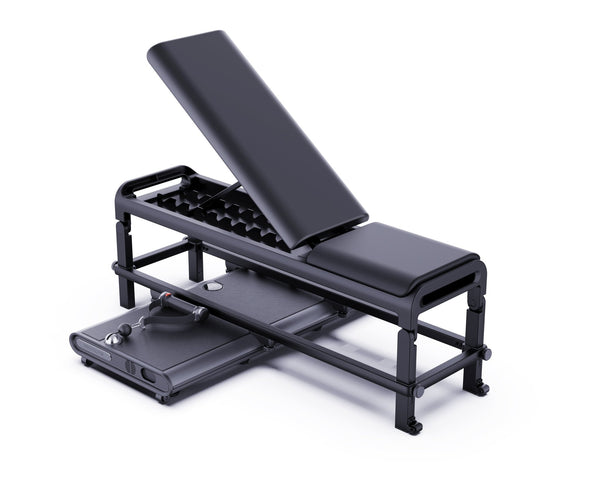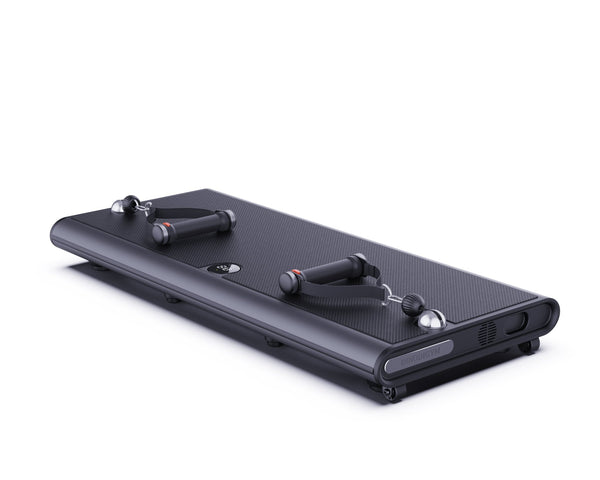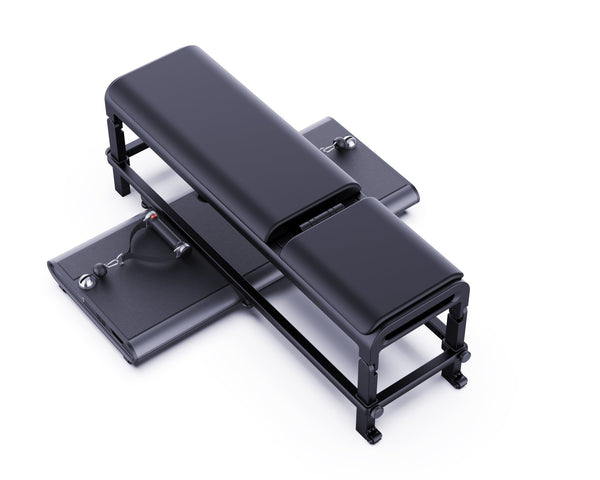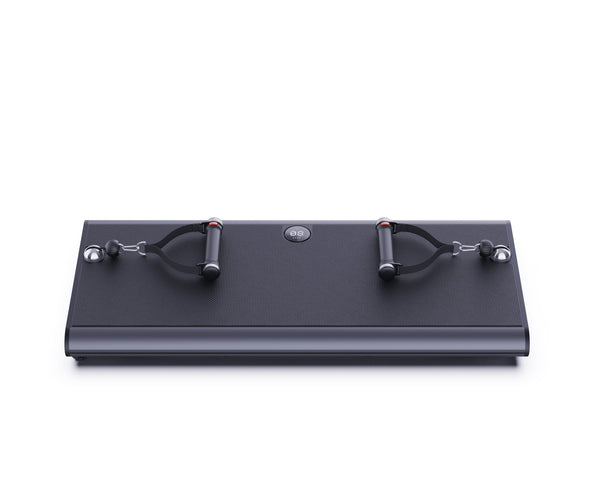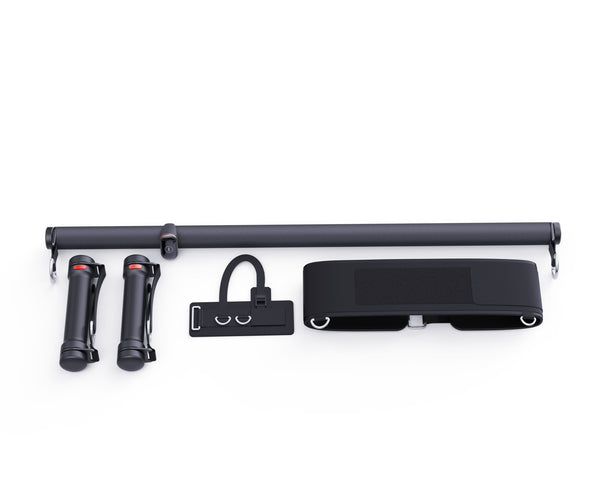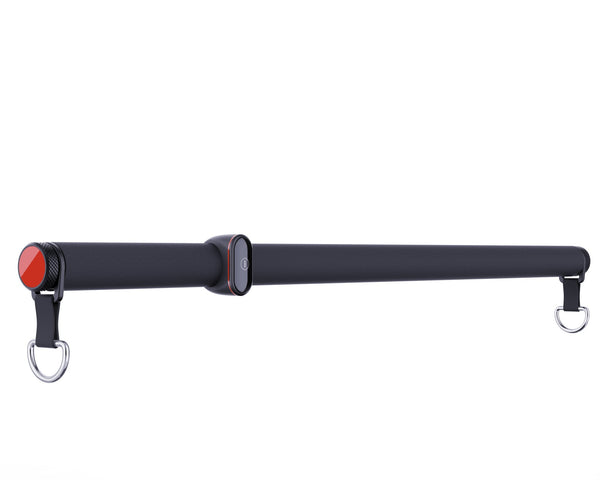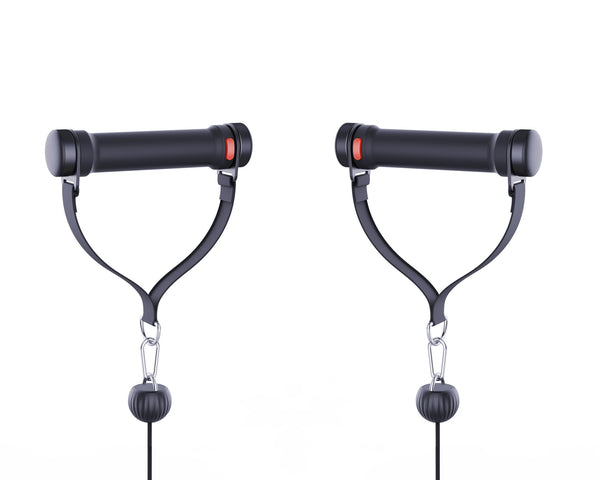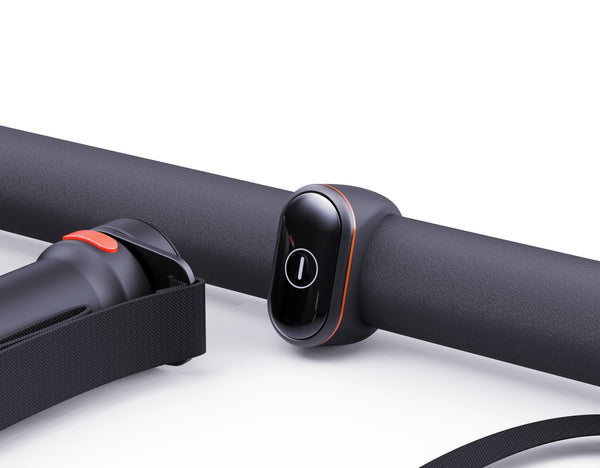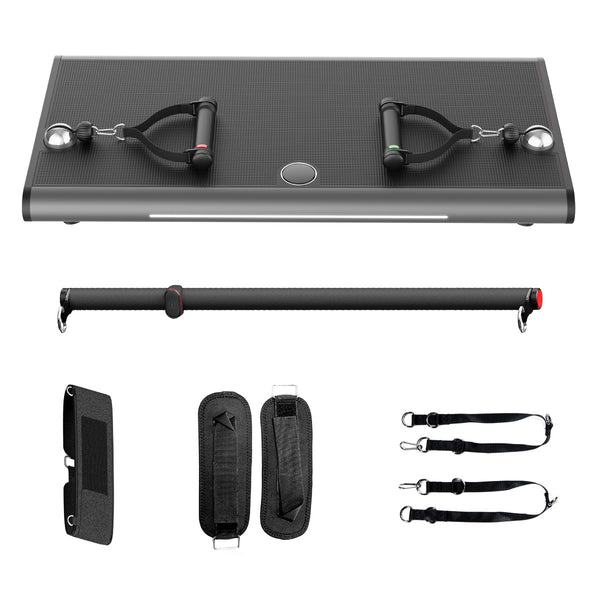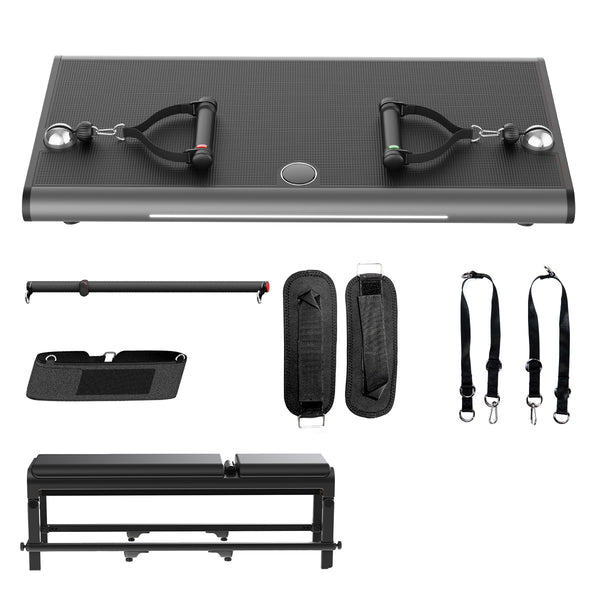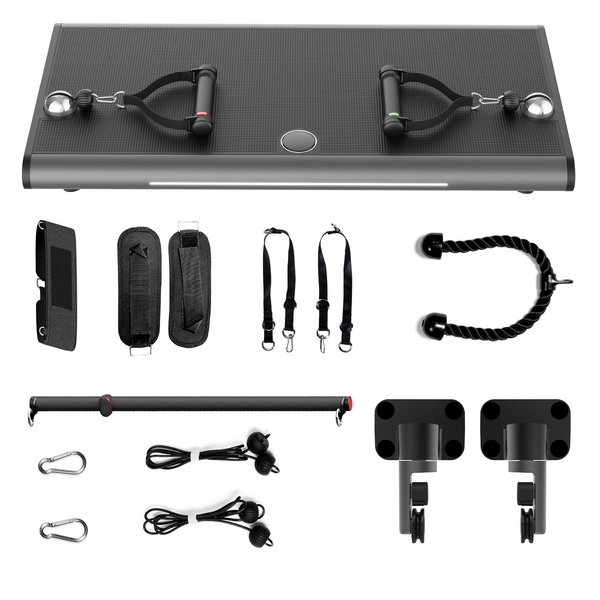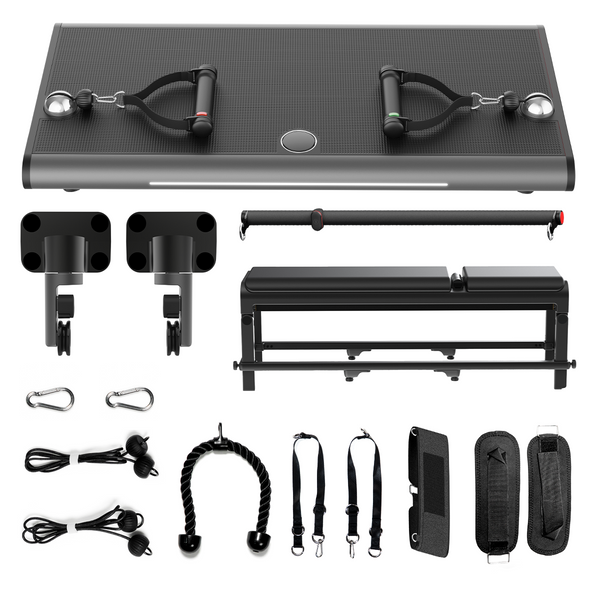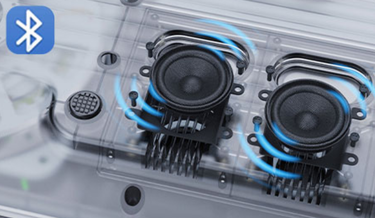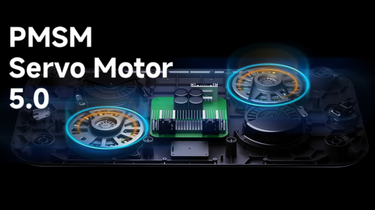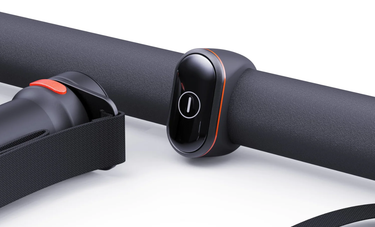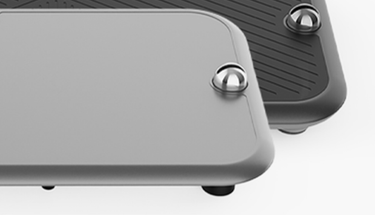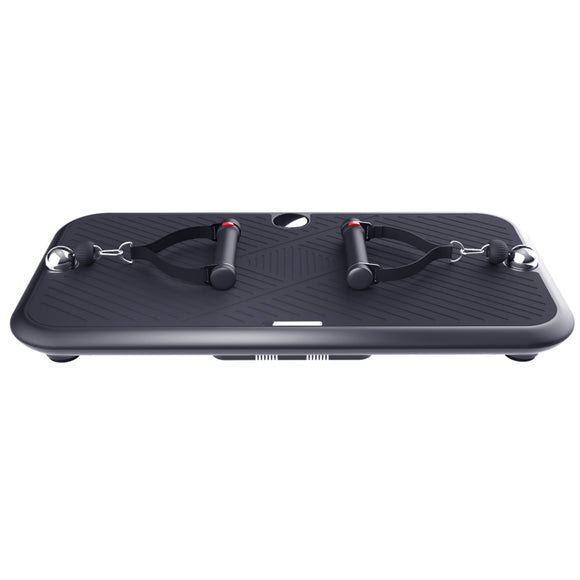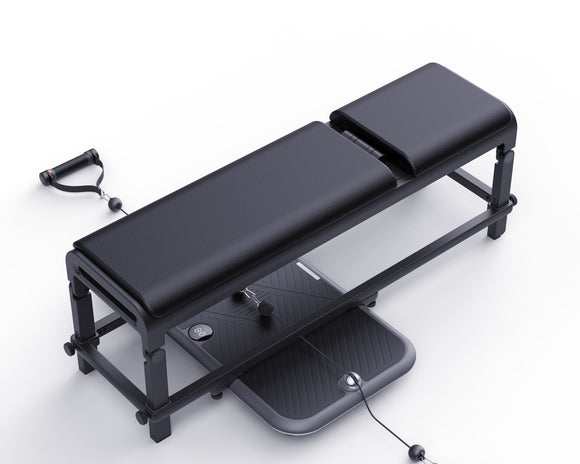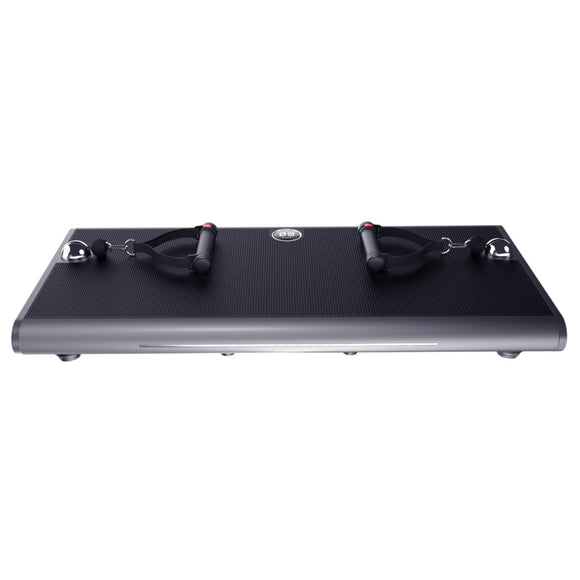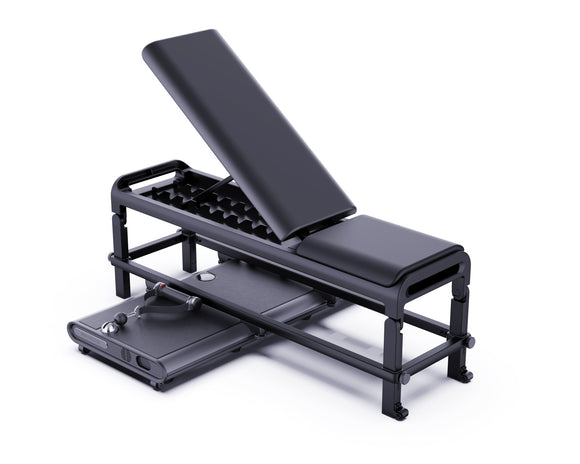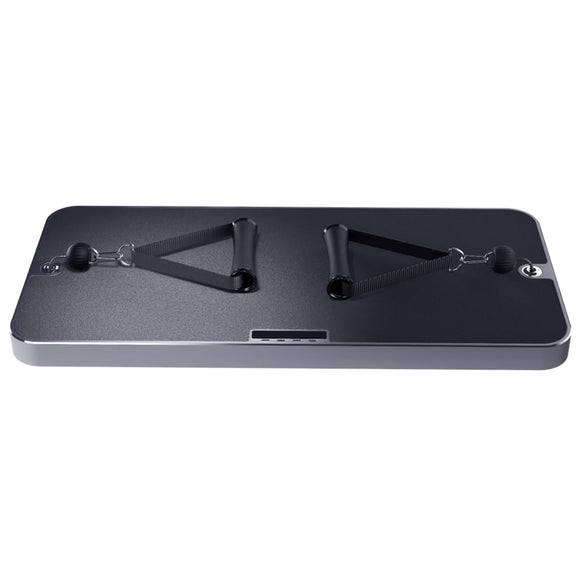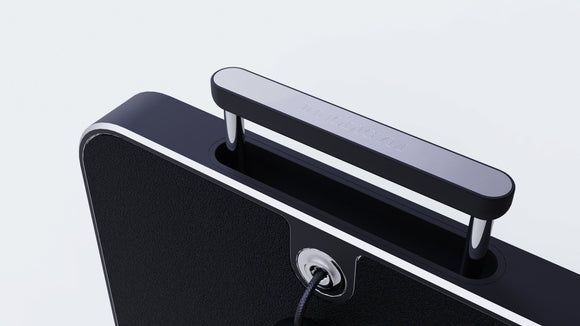4 Resistance Different Modes
Multiple training modes, on-demand switching fat burning, shaping, muscle building, multi-dimensional to meet the fitness needs, and efficiently enhance the training effect; suitable for more people to use, beginners, professional fitness enthusiasts and so on;
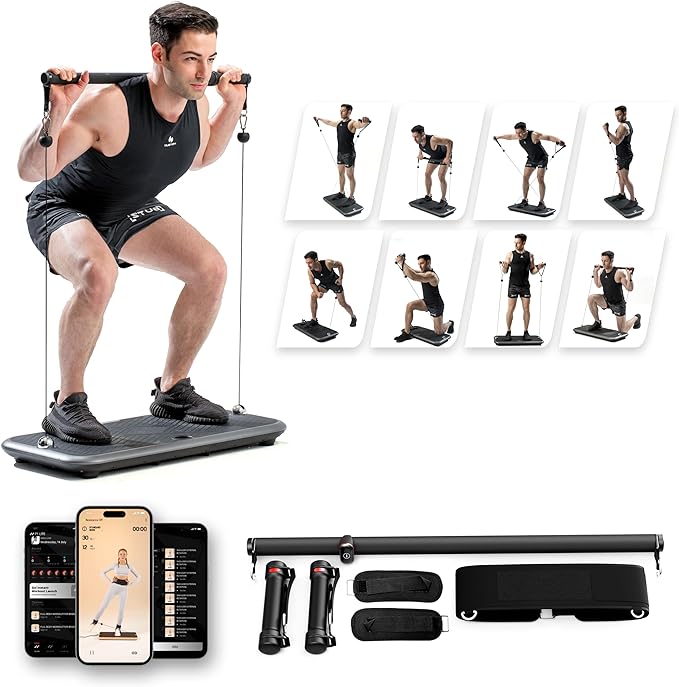
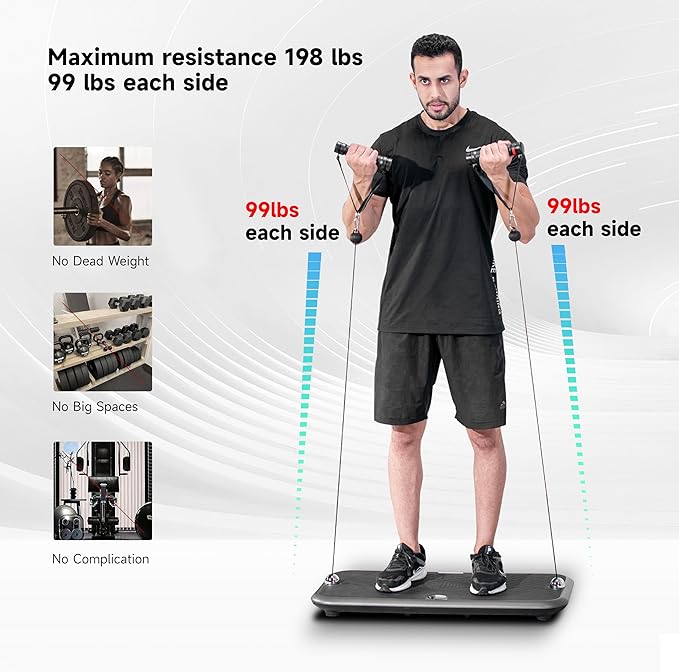
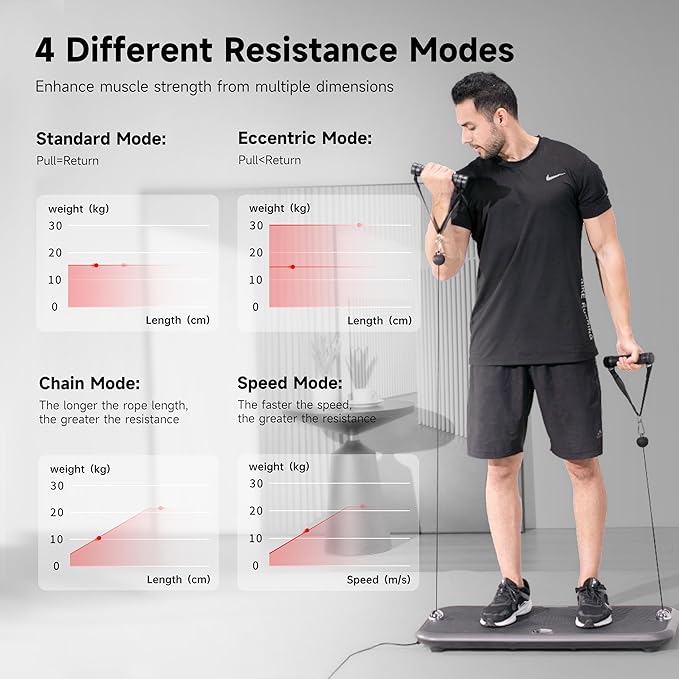
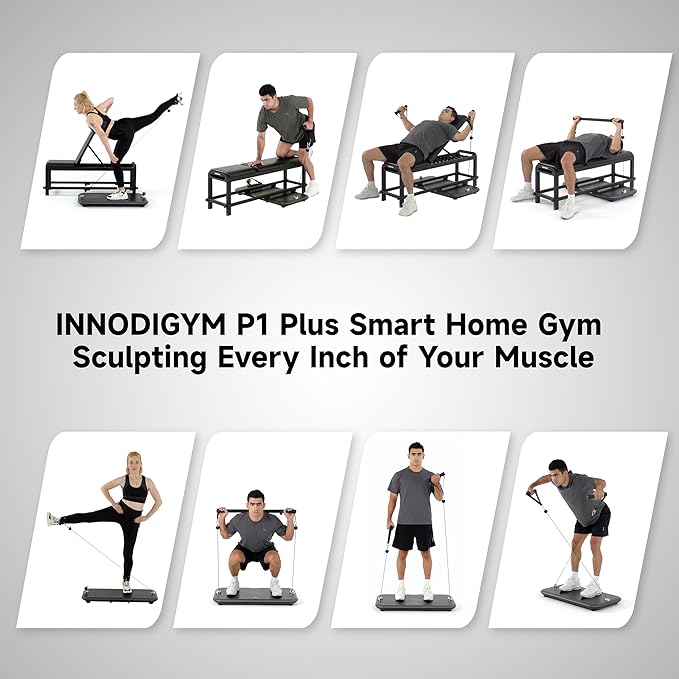
Why Choose INNODIGYM P1
-
![]()
MINIMAL DESIGN-6CM/2.4 INCH
Adopting ultra-thin design and aluminum alloy integrated die-casting
-
![]()
Stereo 5w Blueto-Oth Amplifier
The Stereo 5W Bluetooth Amplifier delivers powerful sound in a compact design. Enjoy wireless audio streaming with Bluetooth connectivity.
-
![]()
5.0 Disc Type Servo Motor
Experience unmatched precision with Innodi P1, powered by our 5.0 Disc Type Servo Motor. Elevate home workouts with this advanced, durable tech.
-
![]()
Security Protection Mechanism
Multiple Protection Mechanisms Enabled by Advanced Artificial Intelligence: Enhanced Security Features
-
![]()
Safety Button
Safety buttons on both handles and the bar. It act as afailsafe mechanism,instantly releasing the weights when the load becomes challenging.
-
![]()
Aerospace Materials
levate your home gym with the Innodi P1 series, utilizing aerospace materials for unmatched strength and longevity.
Starting a fitness journey at home can be exciting yet overwhelming, especially for beginners. However, with the right approach and some essential fitness tools, you can create a routine that fits your needs. In this guide, we’ll cover the basics of fitness for beginners at home and how you can get started with simple exercises and equipment that are effective and easy to use.
1. Set Clear Goals
The first step in any fitness plan is setting achievable goals. Whether you aim to improve overall health, lose weight, or build muscle, having clear objectives will help you stay motivated. Make sure your goals are specific, measurable, and time-bound. For example, "I want to lose 5 kg in three months" or "I want to increase my endurance for a 30-minute workout."
2. Start with Bodyweight Exercises
For beginners, bodyweight exercises are a fantastic starting point. They require no equipment and can be done anywhere. Key exercises include:
- Squats: Great for leg and glute strength.
- Push-ups: Excellent for upper body and core strength.
- Planks: Perfect for core stability.
- Lunges: Focus on lower body flexibility and strength.
These exercises engage multiple muscle groups and improve overall fitness. Start with sets of 10-15 reps and gradually increase as you build strength.
3. Incorporate Basic Equipment
As you progress, incorporating basic equipment can add variety and challenge to your workout. Some popular choices for beginners include:
- Dumbbells: Great for adding resistance to exercises like bicep curls, shoulder presses, and lunges.
- Resistance Bands: These bands can be used for full-body workouts, targeting arms, legs, and core muscles.
- Yoga Mat: Provides comfort and support for floor exercises like planks, sit-ups, and stretches.
These tools are not only affordable but also effective for building strength and toning muscles.
4. Create a Balanced Routine
A well-rounded fitness routine should include cardiovascular exercises, strength training, and flexibility work. For beginners, a balanced weekly plan might look like this:
- Cardio (2-3 times a week): Activities like brisk walking, jogging, or cycling can help improve your cardiovascular health.
- Strength Training (2 times a week): Focus on full-body workouts using bodyweight or light dumbbells.
- Flexibility (daily): Incorporate stretching or yoga to improve mobility and reduce muscle stiffness.
5. Progress Gradually
It's important not to push yourself too hard when starting a fitness routine. Start slow and gradually increase the intensity and duration of your workouts. Consistency is key, and over time, your body will adapt, allowing you to push yourself further.
6. Stay Motivated
Staying motivated at home can be challenging, but setting small milestones and celebrating your achievements will keep you on track. Tracking your progress through a fitness app or journal can help you see how far you've come.
7. Rest and Recovery
Remember that rest is just as important as the workout itself. Allow your body to recover with adequate sleep and take rest days between strength training sessions to prevent injury and promote muscle growth.


